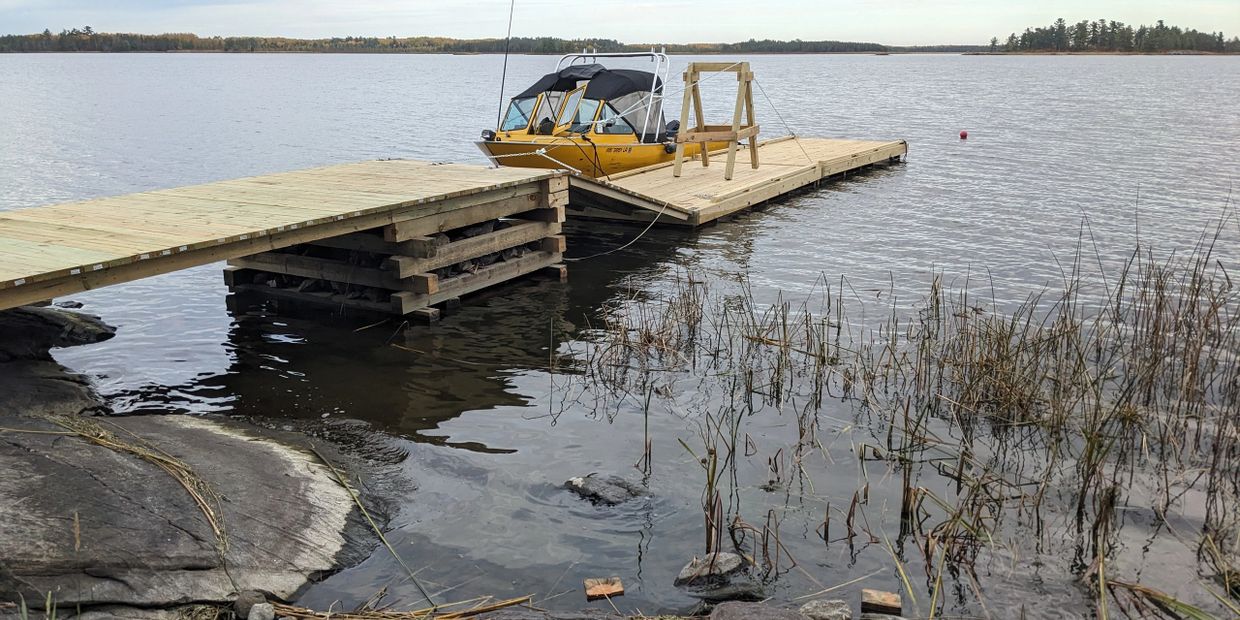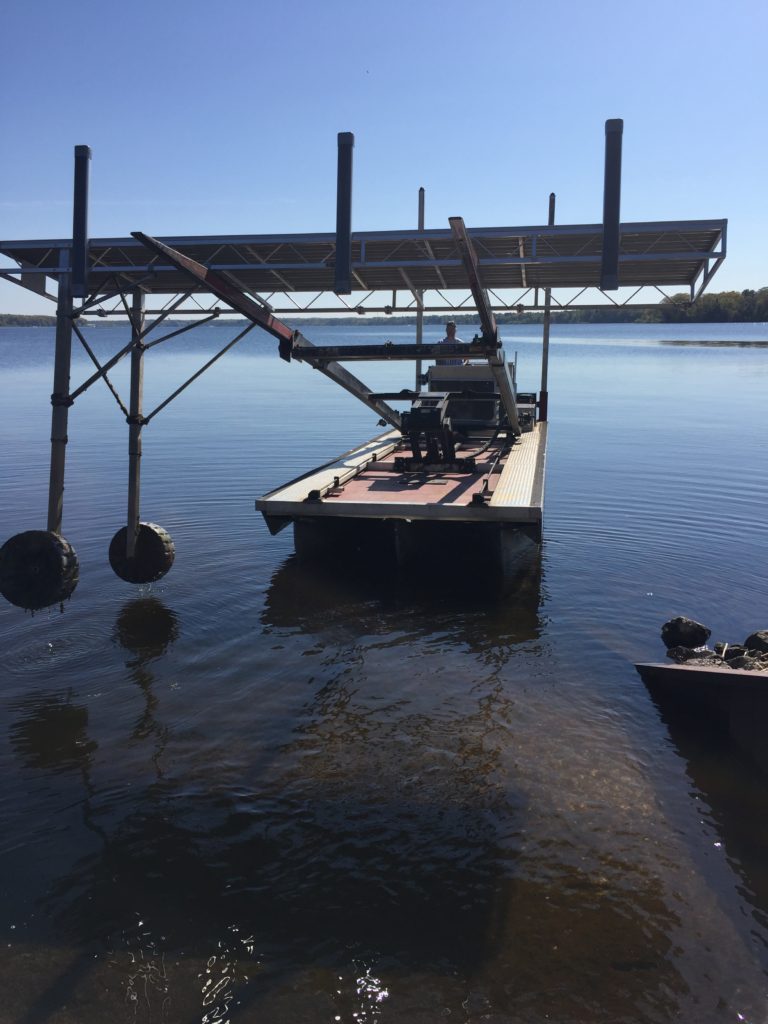DIY Tips for Simple Dock Repairs You Can Handle
Effective Dock Repair Techniques: Ensuring Structural Honesty
Making certain the architectural honesty of anchors with effective repair techniques is extremely important for the long life and safety and security of aquatic facilities. This involves a multi-faceted approach beginning with comprehensive inspections using sophisticated modern technologies like finder equipment and from another location ran lorries (ROVs) to spot both visible and concealed problems. Consequently, choosing the best repair service materials, such as corrosion-resistant alloys and composite products, is important for longevity. Architectural support methods, including the execution of cross-bracing systems and load-distribution plates, play a crucial function in mitigating anxiety factors. The value of these methods becomes evident when exploring innovative repair work methods and preventative maintenance strategies.
Examining Dock Damages
Examining dock damages is an important initial step in making certain the architectural integrity and safety and security of any kind of docking facility. Secret facets to examine include the dock's structure, pilings, decking, and hardware (Dock Repairs).
Structural designers or certified examiners normally execute these analyses making use of specialized techniques and devices. Undersea evaluations might use finder devices or remotely operated cars (ROVs) to spot submerged damage. Over water, aesthetic assessments are matched by utilizing moisture meters and other diagnostic tools to uncover underlying issues not instantly noticeable to the naked eye.

Deciding On Repair Work Products
Selecting the suitable fixing materials is a crucial step in the dock repair procedure, one that straight affects the durability and efficiency of the repaired structure. Material selection should be driven by aspects such as ecological conditions, load-bearing demands, and compatibility with existing dock elements. For example, wood is a conventional choice for docks due to its all-natural strength and visual charm. Choosing the right kind of timber, such as pressure-treated lumber or normally rot-resistant types like cedar or teak wood, is important to endure marine atmospheres.
In enhancement to wood, composite products are significantly popular as a result of their durability and reduced maintenance needs. Composites, typically made from a mix of plastic and wood fibers, supply outstanding resistance to rot, pests, and UV damage. For metal docks, choosing corrosion-resistant alloys such as galvanized steel or marine-grade light weight aluminum is important to prevent corrosion and ensure architectural stability in saline water problems.
Epoxy materials and marine-grade sealants are crucial for repairing fractures and securing joints, offering a water-proof barrier and boosting the dock's total stamina. By thoroughly selecting top notch materials, dock repair work can accomplish durable results, thus guarding versus future degradation and making sure safe, trusted use.
Structural Support Strategies
Reliable architectural support techniques are crucial in guaranteeing the stability and long life of dock fixings. This technique is particularly effective for anchors subjected to heavy loads or rough ecological conditions.
Another essential strategy is the application of fiber-reinforced polymers (FRP) These products provide high strength-to-weight ratios and excellent resistance to deterioration, making them excellent for enhancing concrete or wooden anchors. FRP can be used in strips or sheets and adhered with epoxy materials to boost structural integrity.
Supporting and anchoring systems get redirected here additionally play a critical duty in architectural support. Cross-bracing, making use of steel or wooden beam of lights, can counteract lateral forces, lowering persuading and motion. Anchoring systems, such as helical piers or driven piles, give a secure structure by moving lots to deeper, more stable soil layers.
Last but not least, the assimilation of load-distribution plates can help distribute weight extra evenly throughout the dock's surface, alleviating local stress and anxiety points. These techniques jointly make sure that anchors stay risk-free and durable, with the ability of standing up to the roughness of their functional setting.
Advanced Repair Work Techniques

Another innovative method entails undersea welding, which permits for fixings to be carried out without the need to dewater the location. This method is particularly advantageous for resolving architectural issues in submerged dock components, making sure very little interruption to procedures. Boosted welding techniques, combined with robot systems, deliver accuracy and reliability, thus extending the lifespan of the dock.
Furthermore, cathodic protection systems are implemented to stop rust in metal dock frameworks. By utilizing sacrificial anodes or impressed current systems, these techniques successfully alleviate the electrochemical processes that bring about material degeneration.
Finally, progressed surveillance innovations, such as structural wellness tracking (SHM) systems, give real-time information on the problem of dock structures. These systems enable positive maintenance and prompt interventions, inevitably ensuring the lasting architectural stability of the dock.
Maintenance and Prevention
Maintenance and avoidance are essential ideas that underpin the durability and safety and security of dock structures. Routine assessments are paramount, permitting early detection of deterioration, prospective weaknesses, and ecological impacts. An aggressive strategy, involving routine look for corrosion, rot, and architectural shifts, alleviates pricey fixings and prolongs the dock's operational life.
Safety nets need to include applying safety finishes to metal components to protect versus corrosion and using treated timber to withstand degeneration. In addition, guaranteeing appropriate drain and air flow can stop water buildup, which is an usual source of architectural destruction. Integrating top quality products and sticking to supplier guidelines throughout building and construction and repair service phases likewise play essential roles in improving longevity.

Educating workers in dock maintenance finest practices makes sure regular application of safety nets. Leveraging technical developments, such as drones for inspections and sensors for real-time tracking, can click site even more boost upkeep initiatives. By focusing on maintenance and avoidance, dock proprietors can make certain structural stability, operational safety and security, and cost-effective management over the dock's life-span.
Conclusion
In verdict, keeping the structural stability of marine centers demands thorough dock fixing methods. Comprehensive inspections making use of advanced devices uncover both noticeable and concealed damages, while the selection of ideal repair work materials boosts durability. Implementing architectural reinforcement approaches addresses stress and anxiety factors properly. Advanced fixing strategies, combined with regular maintenance techniques, guarantee the dock remains secure and operational under varied ecological conditions. Taking on these approaches considerably lengthens the lifespan and capability of aquatic framework.
Making certain the structural honesty of docks via reliable fixing techniques is critical for the long life and security of marine centers.Picking the suitable repair service products is a critical action in the dock restoration process, one that straight influences the longevity and efficiency of the repaired framework.Reliable structural support methods are crucial in making sure the stability and durability of dock repair services. By focusing on upkeep and avoidance, dock owners can ensure structural integrity, operational security, and cost-efficient monitoring over the dock's life expectancy.
In conclusion, maintaining the structural stability of aquatic facilities demands extensive dock fixing techniques.